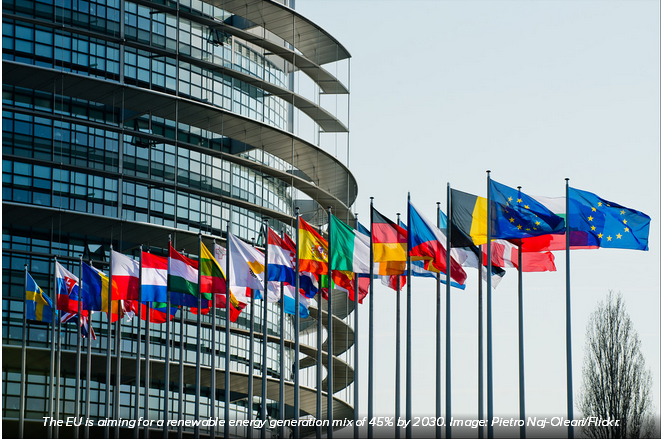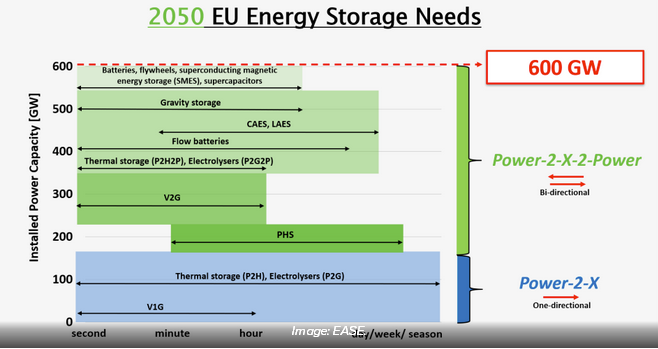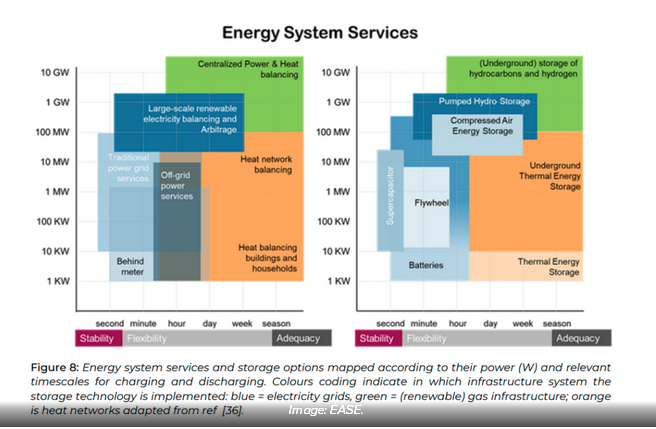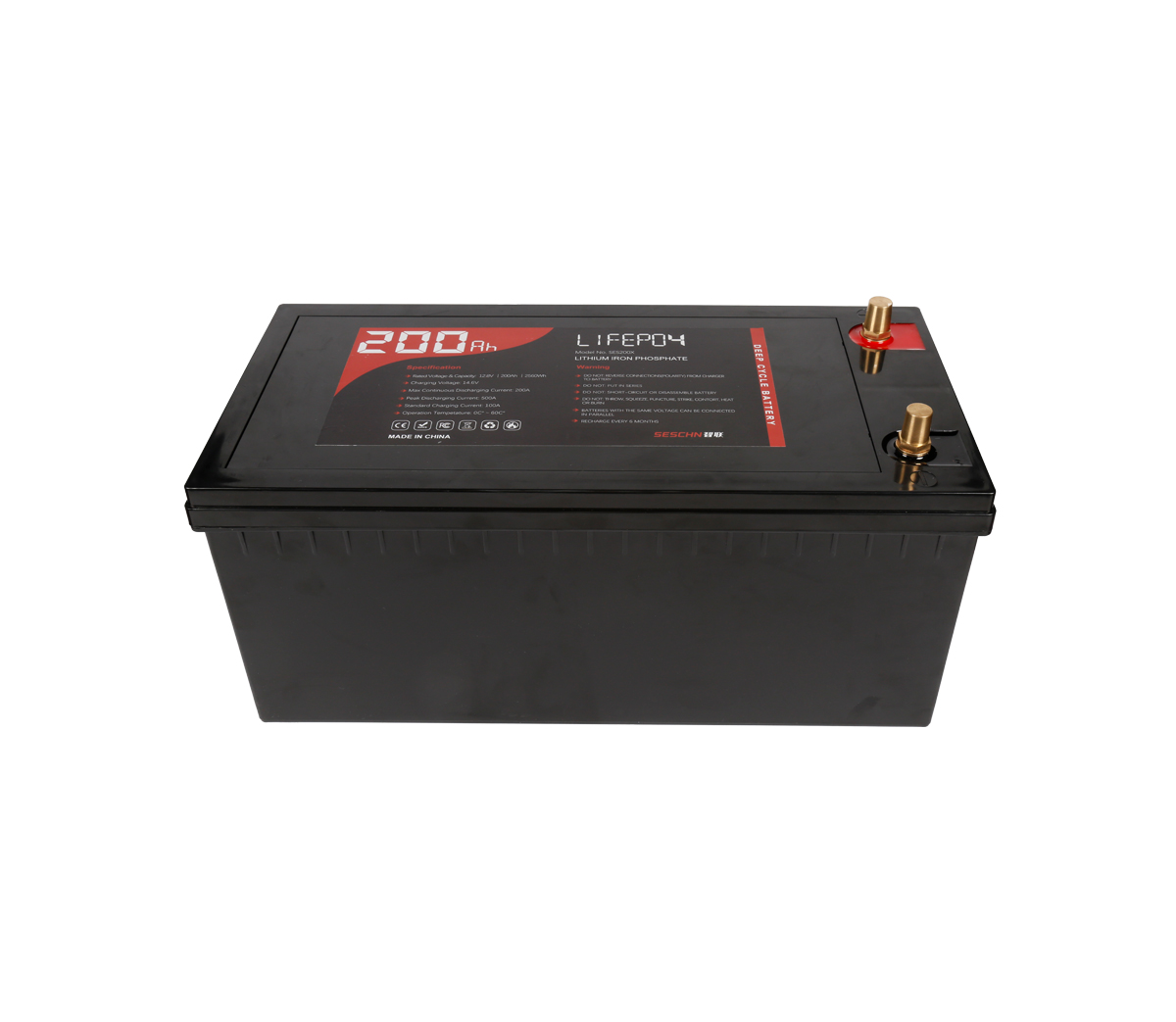According to a research report released by the European Energy Storage
Association (EASE) recently, Europe needs to deploy a total installed capacity
of 187GW of energy storage systems by 2030 and 600GW of energy storage systems
by 2050 to achieve its renewable energy generation goals.

EU sets target for 45% renewable electricity by 2030
The European Union set a target last month to use 45 percent of its
electricity from renewable sources by 2030. The 2050 target is a new forecast,
by which time the share of electricity generated by renewable energy in Europe
is expected to reach 85%. The 600GW is part of the 811GW of flexibility capacity
required by the EU, with the rest of the electricity coming from natural gas
generation facilities.
Of the 187 GW of energy storage systems planned to be deployed, 65 GW will
come from pumped hydro power generation facilities, 67 GW will come from battery
energy storage systems and other short-term energy storage system solutions, and
55 GW will be from long-duration battery energy storage systems and other energy
storage solutions.
The European Energy Storage Association (EASE) said that European energy
storage deployment is lagging behind the deployment of renewable energy, and
currently faces the risk of not being able to integrate new renewable energy. As
discussed in a recent webinar jointly organized by European energy research
agency Delta-EE and the European Energy Storage Association (EASE), Europe will
need to deploy an additional 14 GW of energy storage every year from now on to
meet the 2030 energy storage deployment target.
The European Energy Storage Association (EASE) added that so far, many
studies on the topic have given lower targets, undervalued "energy transfer
resources" and overestimated greenhouses for baseload generation facilities. gas
emissions. It also said that system modelling needs to consider the deployment
of long-duration energy storage systems and reduce costs in the future, and
failure to do so usually means these storage technologies are excluded from
long-term forecasts.
In its report, the association divided the 2050 600GW energy storage system
deployment target into two parts. 435GW of energy storage needs to come from a
"Power-to-X-to-Power" solution, while the remaining 165GW can be delivered
through "power-to-X" technology that provides one-way system flexibility.
"Power-to-X-to-Power" includes multiple energy storage technologies, which
means that electricity can be charged and dispatched. "Power-to-X" means that
electricity is not returned to the power system and covers technologies such as
electrolyzers, which produce green hydrogen that is no longer converted into
electricity, but instead electricity into heat for industrial use, as well as
electric Car charging.

(Energy storage systems to be deployed in Europe in 2050)
Interestingly, the report also gives an idea of the renewable energy mix
that needs to deploy long-duration energy storage technologies. According to the
European Energy Storage Association (EASE), up to 60% of the renewable energy
mix can be supplied by long-duration energy storage systems with a duration of
less than 10 hours. In addition to this, the demand for daily and weekly energy
storage in Europe has increased dramatically, with more than 80% of seasonal
energy storage demand becoming critical.
According to the recently released REPowerEU strategy, the European Union
has set a target of 45% renewable electricity by 2030, although the European
Energy Storage Association (EASE) says it is easily achievable in many EU member
states, such as Spain deploying 20GW by 2030 And the goal of deploying 30GW of
energy storage systems by 2050.
The following infographic on which different energy storage technologies
are suitable for which energy system services is also provided by the report of
the European Energy Storage Association (EASE), which highlights the huge demand
for thermal energy storage.

SES Power believes that the current energy market is affected by the
international situation. In the future, the lack of fossil fuels in Europe is
almost a foregone conclusion, but people's energy demand will not decrease, but
will gradually increase. This situation is actually favorable for new energy,
but the deterioration of the financial situation has slowed down the pace. As a
service provider with nearly 20 years of lithium battery research and
development and customized manufacturing, many of our customers are located in
Europe. They originally expected to greatly increase the demand for small energy
storage lithium batteries from this year, but now they have suspended plan. Of
course, customers have made it very clear that the trend will not change, they
will still choose to purchase SES Power's 12V, 24V, 36V, 48V conventional
lithium iron phosphate products (lead-acid replacement), and will consider
increasing the ability to operate in extremely cold environments. (-40℃) lithium
iron phosphate battery that still works normally, after all, winter is
coming.





































